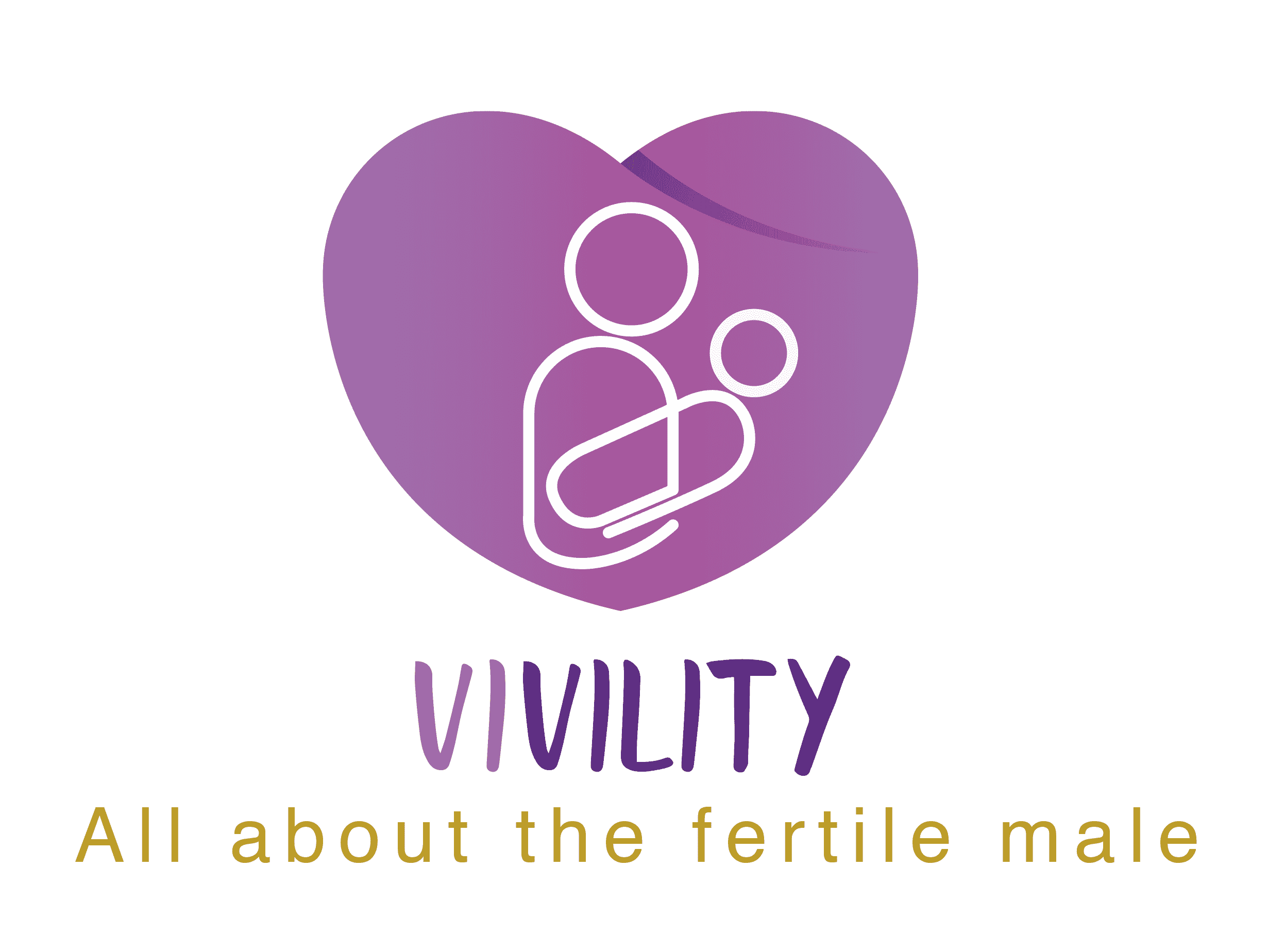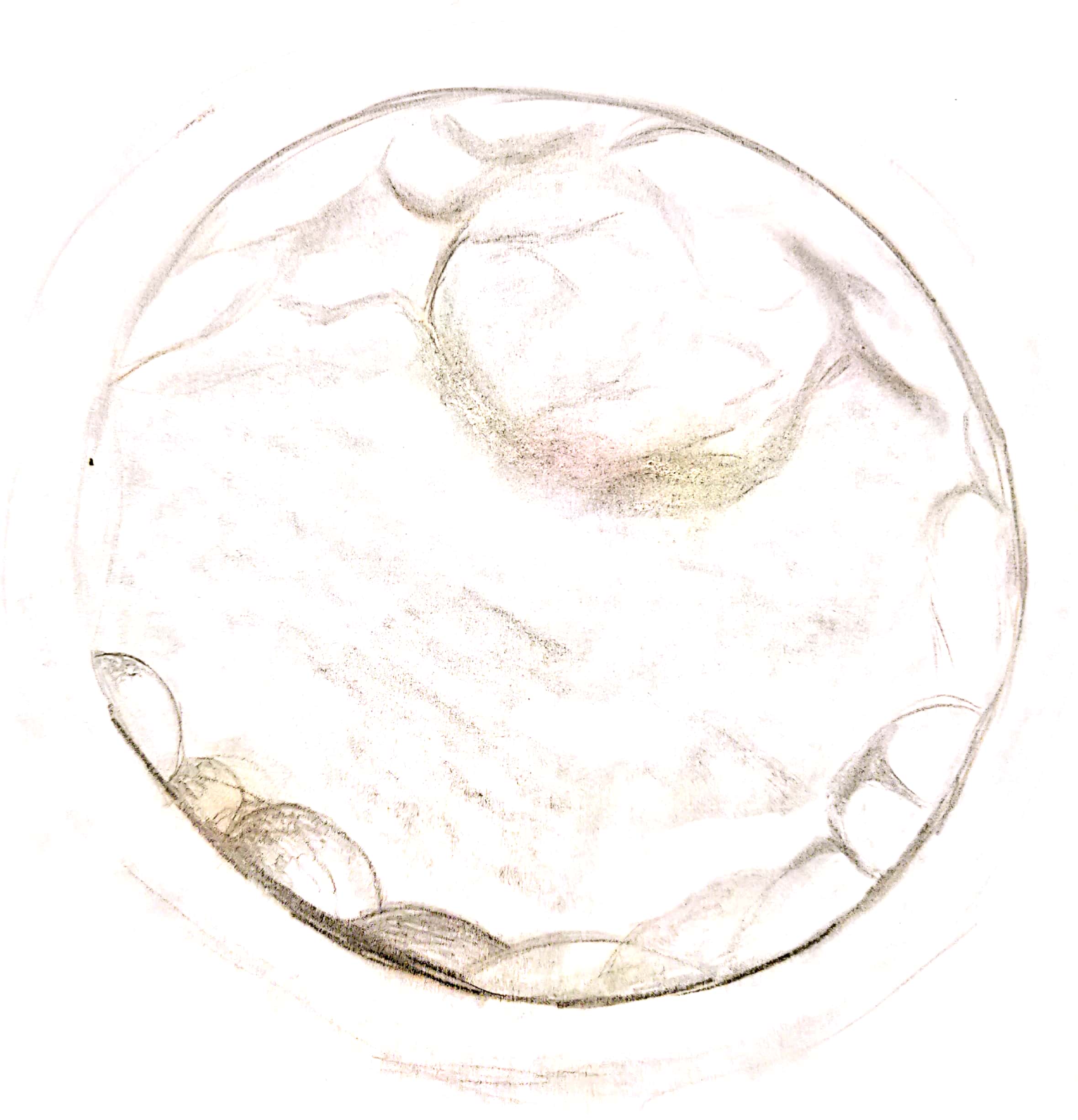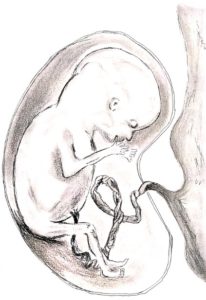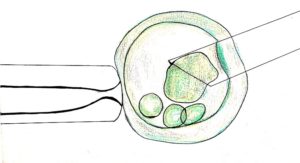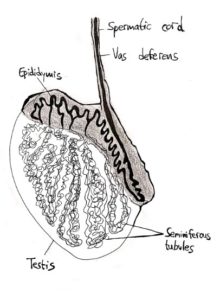In order to properly function, the male reproductive system includes a system of veins that manage the blood from the testicles, known as the pampiniform plexus. These veins are also important and temperature management, making sure that the blood in the testicles is at the temperature needed for spermatogenesis.
A varicocele occurs when these veins become enlarged inside the scrotum, it is known as a varicocele. Varicoceles form during puberty and occur in approximately 10-15 out of every 100 males, and will usually be harmless, though they can become more noticeable with time. The more commonly occur in the left testicle. In some cases, varicoceles can lead to pain and problems with fertility. About 4 in every ten males tested for fertility issues have a varicocele.
Causes
Though it is unclear exactly what causes varicoceles, it is suspected that it may be caused by inefficient blood flow. If the blood does not flow well, it ends up pooling in veins, and the veins become enlarged.
Diagnosis & Treatment
A varicocele can be identified in a physical exam. If the varicoceles are smaller, diagnosis may require ultrasound imaging.
If the varicoceles have no detrimental effects, they are often left untreated. However, if the varicocele is painful or affects fertility and/or testicular growth, corrective surgery is the main possible treatment. The surgery is an outpatient procedure and can be either open or laparoscopic. A post-surgical male can usually return to his normal activities within two days. About 50% of those who have corrective surgery are able to father a child within the first year following the surgery.
